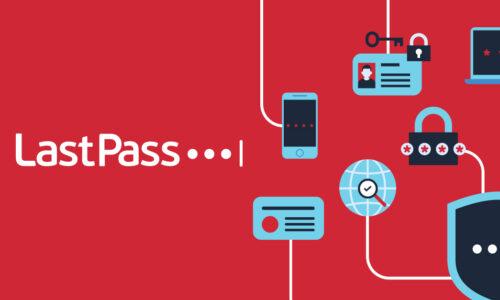- Secure access at all times: No matter the resource a worker is accessing – apps, password-protected accounts, databases, and more – the access needs to be quick and secure. For apps managed by IT, Single Sign-On (SSO) simplifies login by using one session to authenticate across all apps. For password-protected accounts, including those shared among team members and those unvetted by the IT team, Enterprise Password Management is needed. An IAM strategy that combines these two technologies provides secure access to all resources, at all times.
- MFA for every access point: Security is best implemented in layers. Given the weaknesses of passwords – from poor password hygiene to susceptibility to cyberattacks – every access point from apps to workstations to VPN needs to be shored up with MFA. By requiring additional authentication factors beyond a password – including something you have and something you are – MFA can prevent unauthorized access and reduce the risk of data breach.
- Flexibility: As employees work remotely, organizations need to craft an IAM strategy that can continue to adapt to evolving needs. That means supporting new devices, connecting to new apps, and responding to new threats. Invest in IAM technologies that integrate well with existing systems and leave room for solutions to new problems down the road.
- Usability for all: Working remote should add convenience, not frustration. Look for IAM solutions that remove points of friction for employees. Shift security to the background, where sensitive data is better protected in a way that’s nearly invisible to the employee. Leverage what employees already have – their smartphones, their fingerprints – to deliver greater security.


